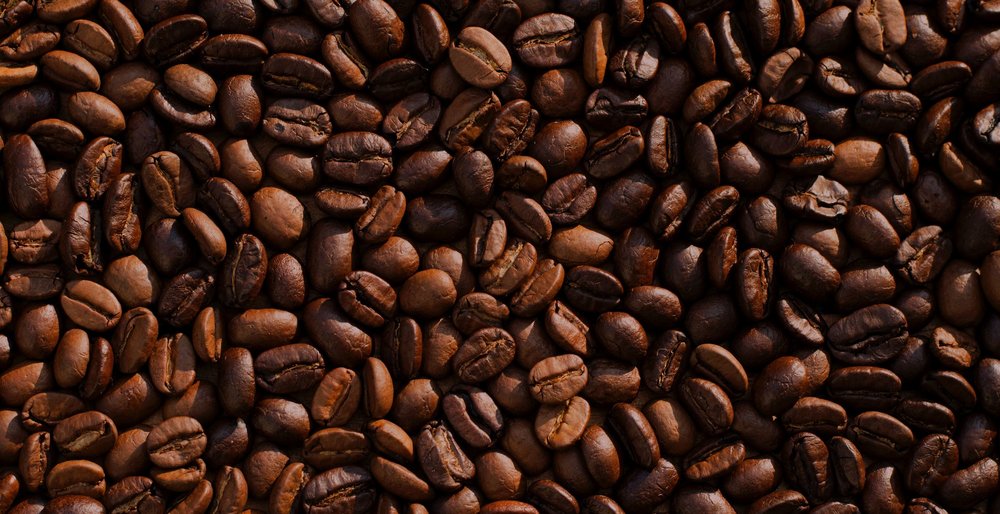Chocolate and coffee, it is hard imagining life without them isn’t it? Well, if governments don’t do something to combat climate change quickly, it might just come to that.
Climate change is the world’s biggest environmental issue today, and its effects are already starting to show in the forms of floods, wildfires, and melting icebergs. Climate change is known to affect hundreds of animals and plants, putting them at the risk of extinction. So far in the last 50 years, around 2,000 species of plants and animals have perished due to climate change, which, while being a natural process, is being affected by the carbon emissions of human beings raising the temperatures of the Earth.
Climate change affects major food-producing plants like cocoa (Theobroma cacao) and over 60% of coffee plant species. Both coffee and cocoa are plants that need weather-specific areas to grow and produce good-quality beans. Due to the rising temperatures near the Equator, the habitable regions for these plants are reducing. Cocoa plants are said to go extinct and cultivable land for coffee is said to reduce by 50% by 2050.
Along with coffee and cocoa, foods like bananas, strawberries, avocados, seafood , and grapes(especially the kinds used for wine-making) are also at risk of dying in the foreseeable hotter climatic conditions. While the extinction of these foods does not threaten human existence of their well-being, these foods are a significant part of our cultures and everyday lives and their shortages would leave substantial gaps in food culture and would cause considerable shifts in the financial weightage that the exports of these foods bring to countries and are bound to cause some imbalances in the ecological systems of the regions affected by the cultivations of these plants, however, scientists and companies are researching, testing and genetically modifying these plants to try to make them survive the dynamic weather and climate changes predicted, so hopefully, these foods will still be a part of our culture.

